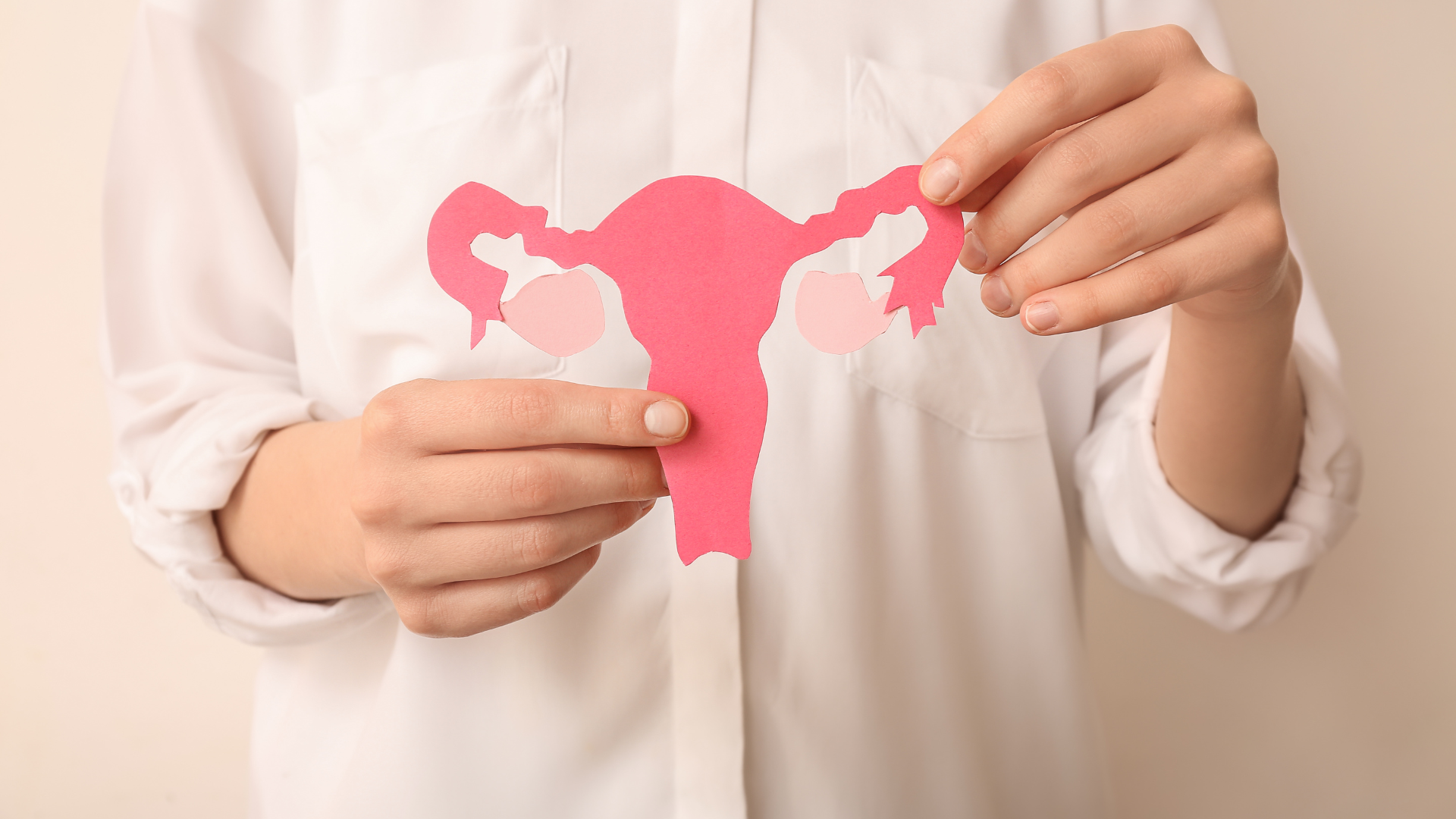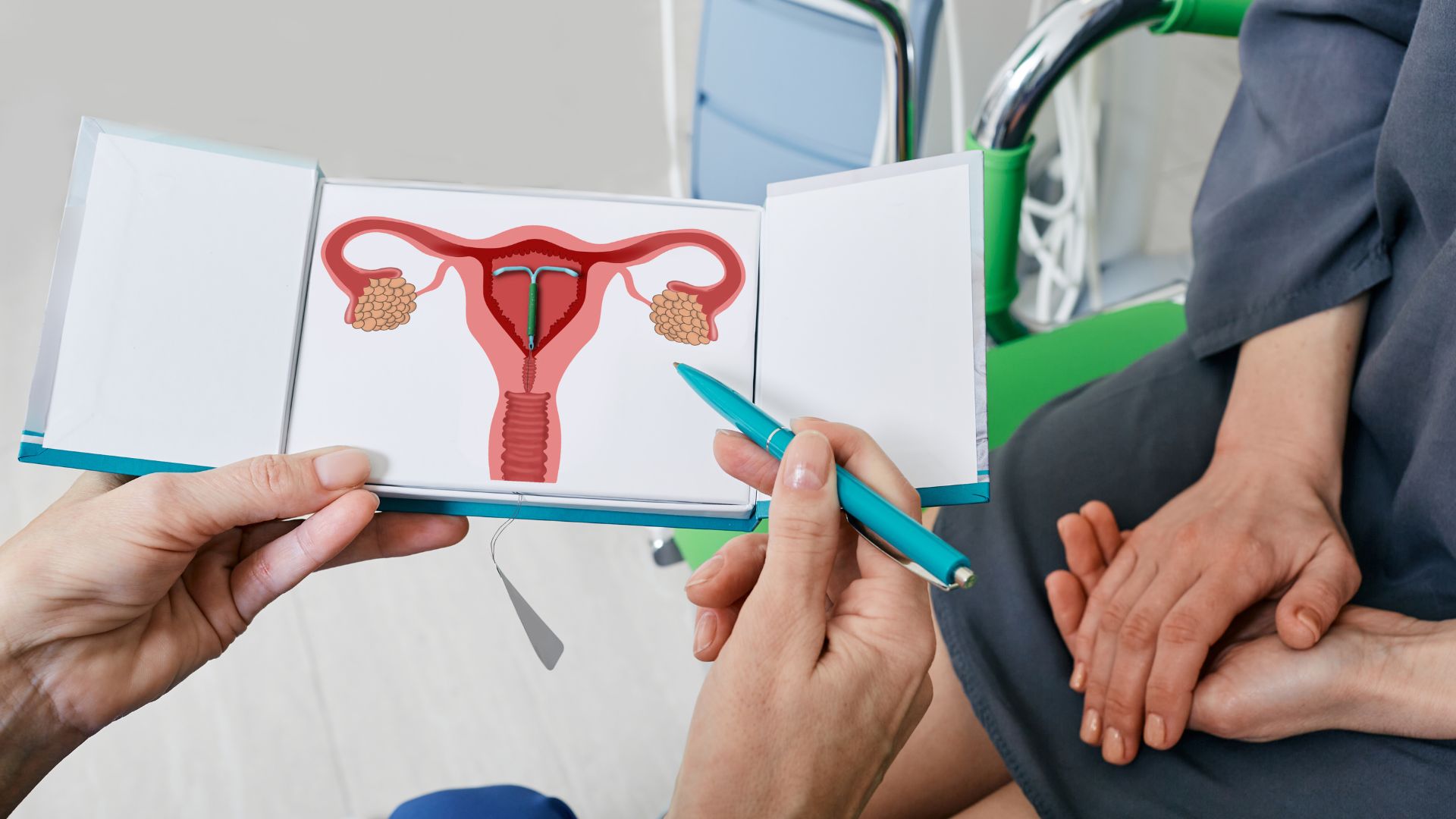
Over the years, various studies have found that hormonal intrauterine devices (IUDs) can significantly lower the risk of endometrial cancer in women of reproductive age. These IUDs, which release a small amount of progestin, are increasingly favored not only for their reliable contraceptive effects but also for their ability to treat conditions like heavy menstrual bleeding.
Mirena and Kyleena are two of the most popular hormonal IUDs, offering long-term birth control with varying hormone levels and sizes to meet different needs. Each device has unique features that make it suitable for specific preferences and health requirements.
This article will compare Mirena and Kyleena, highlighting their key differences, benefits, and potential side effects to help you make an informed decision.
Key Takeaways
- Hormonal intrauterine devices (IUDs) like Mirena and Kyleena can significantly lower the risk of endometrial cancer and are favored for both contraception and the treatment of conditions like heavy menstrual bleeding.
- Both Mirena and Kyleena release levonorgestrel to prevent pregnancy by thickening cervical mucus, thinning the uterine lining, and potentially inhibiting ovulation.
- Mirena releases 20 micrograms of levonorgestrel daily, while Kyleena releases 17.5 micrograms daily. The difference in hormone dosage may impact how the body responds to the IUD and the likelihood of experiencing hormonal side effects.
- Both Mirena and Kyleena are highly effective forms of birth control, with Mirena being over 99% effective for up to 8 years and Kyleena maintaining a 98.6% effectiveness rate over 5 years.
About: DoctorMedica is your trusted supplier of top-quality dermal fillers, viscosupplements, and more for your medical practice. We offer genuine products from leading brands at the lowest prices in the market. If you’re looking to buy Mirena wholesale for your practice, the sales representatives at Doctor Medica can give you guidance.
Understanding Hormonal IUDs
Hormonal IUDs are small, T-shaped devices inserted into the uterus by a healthcare provider. They release levonorgestrel, a type of progestin, to prevent pregnancy. Unlike birth control methods that contain estrogen, hormonal IUDs often result in lighter periods or, for some women, the absence of periods altogether.
Mirena and Kyleena work by steadily releasing levonorgestrel into the uterus. This hormone thickens the cervical mucus, creating a barrier that prevents sperm from reaching an egg. Additionally, it thins the uterine lining, making it less likely for a fertilized egg to implant. These combined actions make both IUDs highly effective in preventing pregnancy while also offering therapeutic benefits.
Similarities Between Mirena and Kyleena

- Both Contain Levonorgestrel: Mirena and Kyleena are both hormonal intrauterine devices (IUDs) that release levonorgestrel, a type of progestin hormone. This hormone works by thickening the cervical mucus to prevent sperm from reaching the egg, thinning the uterine lining to prevent implantation, and sometimes inhibiting ovulation.
- Both Are Highly Effective at Preventing Pregnancy: Both Mirena and Kyleena are among the most effective forms of birth control available. They have a failure rate of less than 1% when used correctly, meaning fewer than 1 in 100 women will become pregnant each year while using either IUD. This high efficacy makes them a reliable choice for long-term contraception.
Differences Between Mirena and Kyleena
- Hormone Dosage: Mirena releases 20 micrograms of levonorgestrel daily, while Kyleena releases 17.5 micrograms daily. The difference in hormone dosage may impact how the body responds to the IUD and the likelihood of experiencing hormonal side effects.
- Size and Shape: While both IUDs are T-shaped, their dimensions show slight differences. Mirena is slightly larger, measuring about 32 mm in width and height. On the other hand, Kyleena is a bit smaller, measuring approximately 28 mm in width and height. The smaller size of Kyleena may make it more comfortable for women who have not given birth or who have a smaller uterine cavity.
- Approved Duration of Use: Mirena is approved for up to 8 years of use as contraception and for treating heavy menstrual bleeding. Kyleena is approved for up to 5 years of use. The difference in duration may be a consideration for women looking for longer-term contraception options.
Impact on Side Effects and Insertion

Mirena and Kyleena can cause side effects due to the release of levonorgestrel. Common side effects include changes in menstrual bleeding patterns, such as lighter periods or spotting.
However, because Mirena releases a higher dose of hormones, some users may experience more pronounced hormonal side effects, such as breast tenderness or mood changes. It’s important to discuss with your healthcare provider how the link between Mirena and hormones might affect you personally.
The insertion process for both IUDs is generally similar and performed by a healthcare professional. However, due to its smaller size, Kyleena may be slightly easier and less uncomfortable to insert, especially for women who have not given birth. Being slightly larger, Mirena might cause more discomfort during insertion for some women.
Both IUDs typically involve a brief procedure with some cramping and discomfort, which usually subsides shortly after insertion.
Effectiveness and Patient Satisfaction
Both Mirena and Kyleena are highly effective intrauterine devices (IUDs) used for long-term birth control.
- Clinical studies have shown that Mirena is over 99% effective at preventing pregnancy for up to 8 years.
- Kyleena is also over 99% effective for each year of use and maintains a 98.6% effectiveness rate over 5 years.
Patient Reviews and Experiences
Patient satisfaction with Mirena and Kyleena varies based on individual experiences. Many users report high satisfaction due to the convenience and long duration of effectiveness. Mirena users often appreciate its additional benefit of reducing heavy menstrual bleeding. However, some users have reported side effects such as irregular bleeding and ovarian cysts
Many women notice changes in their periods, too. With Mirena, around 20% of users don’t get their period after a year, whereas for Kyleena, it’s only about 1%. Also, younger women and those with a smaller uterus often prefer Kyleena.
Choosing Between Mirena and Kyleena

When deciding between Mirena and Kyleena, several factors should be considered, including hormone dosage, duration of use, and personal sensitivity to hormonal side effects.
- Mirena releases a higher dose of levonorgestrel and is effective for up to 8 years, making it suitable for those seeking longer-term contraception or additional benefits, such as reduced menstrual bleeding.
- Kyleena, with a lower hormone dose and smaller size, is often preferred by those who are more sensitive to hormones or who have not had children, as it may be easier to insert and cause fewer side effects.
Consulting with a healthcare provider is crucial when choosing between Mirena and Kyleena. Your provider can assess your health history, discuss your contraceptive needs, and help you understand how factors like Mirena and hormones might impact your overall well-being.
Conclusion
Mirena and Kyleena are both highly effective hormonal IUDs that prevent pregnancy, with each offering unique benefits. Mirena releases a higher dose of hormones and lasts up to 8 years, while Kyleena lasts up to 5 years.
Both options can significantly reduce or even stop periods, with manageable side effects for most users. Consulting with your healthcare provider will help you determine which IUD aligns best with your needs and lifestyle.
FAQs
1. What are Mirena and Kyleena?
Mirena and Kyleena are types of hormonal intrauterine devices, or IUDs. They’re used for birth control.
2. How do Mirena and Kyleena work?
Both Mirena and Kyleena release hormones into the body to prevent pregnancy, but they do have some differences in dosage.
3. Are there any side effects with these hormonal IUDs?
Like all medications, both Mirena and Kyleena can cause side effects. It’s best to talk with a healthcare provider about potential risks.
4. Which one should I choose – Mirena or Kyleena?
The choice between Mirena and Kyleena will depend on many factors, including your health history, lifestyle, and personal preference.
References
Minalt N, Caldwell A, Yedlicka GM, et al. Association between intrauterine device use and endometrial, cervical, and ovarian cancer: an expert review. American Journal of Obstetrics and Gynecology. 2023;229(2):93-100. doi:10.1016/j.ajog.2023.03.039
Singer, S. R., Melchor, J., Ripps, S. J., & Burgess, J. (2023). Ectopic Pregnancy Observed With Kyleena Intrauterine Device Use: A Case Report. Cureus, 15(3), e35637. https://doi.org/10.7759/cureus.35637
Related Articles
Joanna Carr
Juvederm 11 Lines: Addressing Glabellar Lines
Juvederm fillers are suitable for addressing 11 lines due to their smooth consistency and ability to integrate seamlessly into the skin.
Joanna Carr
Bellast Filler For Lips – Restore and Add Volume
Enhance your lips with Bellast filler. Learn how this treatment restores volume, improves shape, and achieves natural, long-lasting results. Perfect f...
Joanna Carr
Orthovisc Vs. Durolane – A Comprehensive Comparison
Orthovisc and Durolane are hyaluronic acid-based injections used to manage degenerative joint disease. Read a comparison here.


